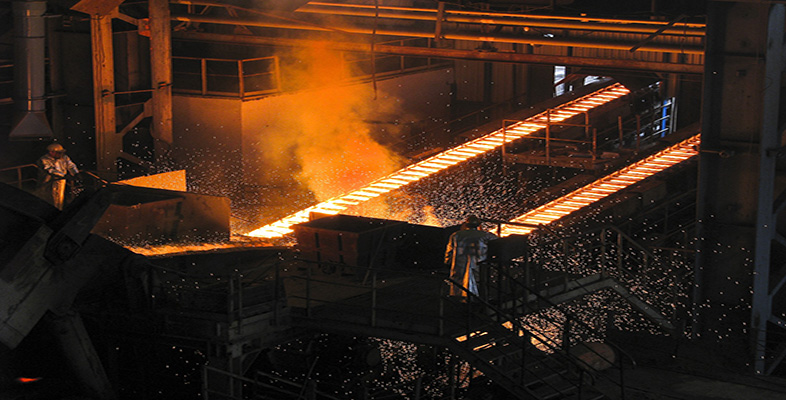3.2 Removal of iron
Before leaving enterobactin to look at iron transport and storage in humans, it is worth asking the question: how does E. coli remove the iron from such a stable complex as the iron(III)–enterobactin once it has been absorbed?
The answer to this question can be found if we look back to reaction 38. The rigid, three-dimensional structure of the triserine ring of enterobactin is the main reason why enterobactin is such an effective ligand. If the structure of the ring is destroyed, enterobactin loses much of its chelating power. In fact, this is exactly what happens to the iron(III)–enterobactin complex once it has been absorbed by E. coli. Enzymes called esterases (so-named because they catalyse the decomposition and formation of esters) hydrolyse the triserine ring of enterobactin in the reverse reaction of reaction 38. This breaks up the triserine ring structure, and the stability constant of the resulting [Fe(catechol)3] complex is much lower than 1049 mol−1 l. Iron is then relatively easily removed from this complex, so that it can be used in the bacterium cell.
